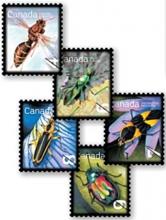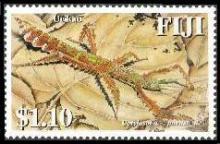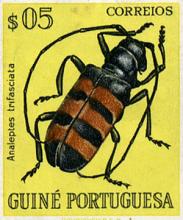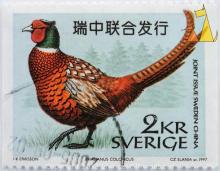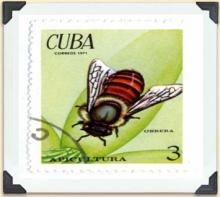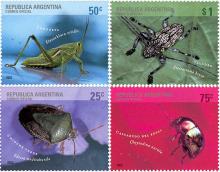Florida appears to be a global hotspot for reptile extinction
A recent far-reaching study of the world’s amphibians and reptiles finds that Florida is hotspot for environmental threats, with one of the highest concentrations of threatened reptiles in the world. More than 200 experts from the International Union for the Conservation of Nature’s Species Survival Commission collaborated to study a random sample of 1,500 of the world’s reptile species. Globally, one in five reptiles is facing extinction. The study also flagged the rapidly deteriorating plight of freshwater turtles, estimating that 50 percent of these animals are at risk of extinction. “People tend to assume that, since reptiles have thick, scaly skins, they’re pretty tough creatures that will do fine as the world changes. But in fact reptiles are quite sensitive to environmental change” said Adkins Giese, reptile-and-amphibian specialist at the Center for Biological Diversity. “This new study confirms that reptiles are facing a global extinction crisis.” The Center is working to gain Endangered Species Act protection for more than a dozen imperiled reptiles found in Florida. In 2011 the group filed the largest-ever Endangered Species Act petition focused solely on protecting U.S. amphibians and reptiles. It also filed a 2010 petition seeking protection for hundreds of aquatic species in the Southeast, including many rare reptile species. These rare Florida reptiles include the Barbour’s map turtle (Graptemys barbouri), eastern ribbon snake (Micrurus lemniscatus), Florida Keys mole skink (Eumeces egregius egregius), Key ringneck snake (Diadophis punctatus acricus) and alligator snapping turtle (Macrochelys temminckii).


